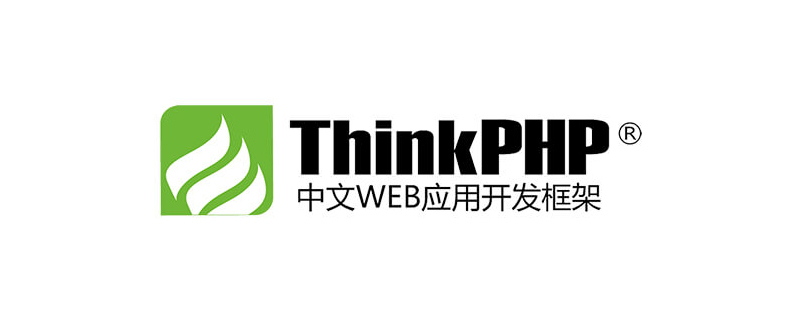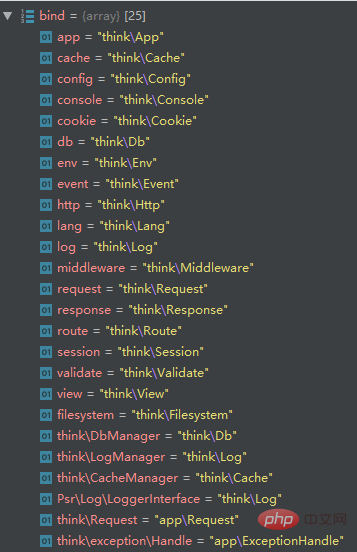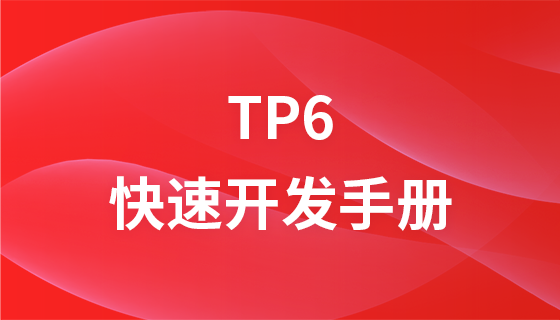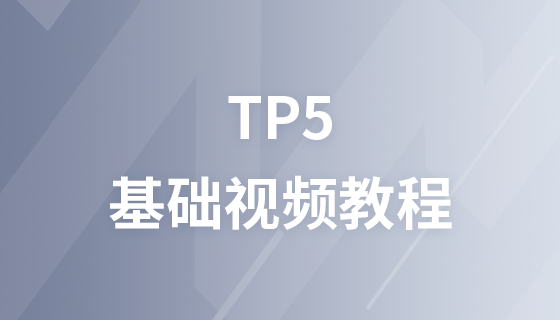

ThinkPHP 6 では、アプリケーションの初期化とスケジューリングを担当する元の App クラスから Http クラスが分離されました。 ## App クラスはコンテナ管理に焦点を当てており、単一責任の原則に準拠しています。
App, Http クラスのインスタンス化処理から依存性注入がどのように実現されているのかを理解することができます。
エントリー ファイルから開始
// 引入自动加载器,实现类的自动加载功能(PSR4标准) // 对比Laravel、Yii2、Thinkphp的自动加载实现,它们基本就都一样 // 具体实现可参考我之前写的Laravel的自动加载实现: // @link: https://learnku.com/articles/20816 require __DIR__ . '/../vendor/autoload.php'; // 这一句和分为两部分分析,App的实例化和调用「http」,具体见下文分析 $http = (new App())->http; $response = $http->run(); $response->send(); $http->end($response);
App のインスタンス化
public function __construct(string $rootPath = '')
{
// thinkPath目录:如,D:\dev\tp6\vendor\topthink\framework\src\
$this->thinkPath = dirname(__DIR__) . DIRECTORY_SEPARATOR;
// 项目根目录,如:D:\dev\tp6\
$this->rootPath = $rootPath ? rtrim($rootPath, DIRECTORY_SEPARATOR) . DIRECTORY_SEPARATOR : $this->getDefaultRootPath();
$this->appPath = $this->rootPath . 'app' . DIRECTORY_SEPARATOR;
$this->runtimePath = $this->rootPath . 'runtime' . DIRECTORY_SEPARATOR;
// 如果存在「绑定类库到容器」文件
if (is_file($this->appPath . 'provider.php')) {
//将文件里的所有映射合并到容器的「$bind」成员变量中
$this->bind(include $this->appPath . 'provider.php');
}
//将当前容器实例保存到成员变量「$instance」中,也就是容器自己保存自己的一个实例
static::setInstance($this);
// 保存绑定的实例到「$instances」数组中,见对应分析
$this->instance('app', $this);
$this->instance('think\Container', $this);
}return [
'think\Request' => Request::class,
'think\exception\Handle' => ExceptionHandle::class,
];

public function instance(string $abstract, $instance)
{
//检查「$bind」中是否保存了名称到实际类的映射,如 'app'=> 'think\App'
//也就是说,只要绑定了这种对应关系,通过传入名称,就可以找到实际的类
if (isset($this->bind[$abstract])) {
//$abstract = 'app', $bind = "think\App"
$bind = $this->bind[$abstract];
//如果「$bind」是字符串,重走上面的流程
if (is_string($bind)) {
return $this->instance($bind, $instance);
}
}
//保存绑定的实例到「$instances」数组中
//比如,$this->instances["think\App"] = $instance;
$this->instances[$abstract] = $instance;
return $this;
}
インスタンス化Httpクラス そして依存性注入の原理
public function __get($name)
{
return $this->get($name);
}public function get($abstract)
{
//先检查是否有绑定实际的类或者是否实例已存在
//比如,$abstract = 'http'
if ($this->has($abstract)) {
return $this->make($abstract);
}
// 找不到类则抛出类找不到的错误
throw new ClassNotFoundException('class not exists: ' . $abstract, $abstract);
}public function make(string $abstract, array $vars = [], bool $newInstance = false)
{
//如果已经存在实例,且不强制创建新的实例,直接返回已存在的实例
if (isset($this->instances[$abstract]) && !$newInstance) {
return $this->instances[$abstract];
}
//如果有绑定,比如 'http'=> 'think\Http',则 $concrete = 'think\Http'
if (isset($this->bind[$abstract])) {
$concrete = $this->bind[$abstract];
if ($concrete instanceof Closure) {
$object = $this->invokeFunction($concrete, $vars);
} else {
//重走一遍make函数,比如上面http的例子,则会调到后面「invokeClass()」处
return $this->make($concrete, $vars, $newInstance);
}
} else {
//实例化需要的类,比如'think\Http'
$object = $this->invokeClass($abstract, $vars);
}
if (!$newInstance) {
$this->instances[$abstract] = $object;
}
return $object;
}public function invokeClass(string $class, array $vars = [])
{
try {
//通过反射实例化类
$reflect = new ReflectionClass($class);
//检查是否有「__make」方法
if ($reflect->hasMethod('__make')) {
//返回的$method包含'__make'的各种信息,如公有/私有
$method = new ReflectionMethod($class, '__make');
//检查是否是公有方法且是静态方法
if ($method->isPublic() && $method->isStatic()) {
//绑定参数
$args = $this->bindParams($method, $vars);
//调用该方法(__make),因为是静态的,所以第一个参数是null
//因此,可得知,一个类中,如果有__make方法,在类实例化之前会首先被调用
return $method->invokeArgs(null, $args);
}
}
//获取类的构造函数
$constructor = $reflect->getConstructor();
//有构造函数则绑定其参数
$args = $constructor ? $this->bindParams($constructor, $vars) : [];
//根据传入的参数,通过反射,实例化类
$object = $reflect->newInstanceArgs($args);
// 执行容器回调
$this->invokeAfter($class, $object);
return $object;
} catch (ReflectionException $e) {
throw new ClassNotFoundException('class not exists: ' . $class, $class, $e);
}
}protected function bindParams($reflect, array $vars = []): array
{
//如果参数个数为0,直接返回
if ($reflect->getNumberOfParameters() == 0) {
return [];
}
// 判断数组类型 数字数组时按顺序绑定参数
reset($vars);
$type = key($vars) === 0 ? 1 : 0;
//通过反射获取函数的参数,比如,获取Http类构造函数的参数,为「App $app」
$params = $reflect->getParameters();
$args = [];
foreach ($params as $param) {
$name = $param->getName();
$lowerName = self::parseName($name);
$class = $param->getClass();
//如果参数是一个类
if ($class) {
//将类型提示的参数实例化
$args[] = $this->getObjectParam($class->getName(), $vars);
} elseif (1 == $type && !empty($vars)) {
$args[] = array_shift($vars);
} elseif (0 == $type && isset($vars[$name])) {
$args[] = $vars[$name];
} elseif (0 == $type && isset($vars[$lowerName])) {
$args[] = $vars[$lowerName];
} elseif ($param->isDefaultValueAvailable()) {
$args[] = $param->getDefaultValue();
} else {
throw new InvalidArgumentException('method param miss:' . $name);
}
}
return $args;
}protected function getObjectParam(string $className, array &$vars)
{
$array = $vars;
$value = array_shift($array);
if ($value instanceof $className) {
$result = $value;
array_shift($vars);
} else {
//实例化传入的类
$result = $this->make($className);
}
return $result;
}. . . $e = new E(); $d = new D($e); $c = new D($d); $app = new App($c); $http = new Http($app); . . .
以上がThinkPHP6 ソース コード: Http クラスのインスタンス化から依存関係注入がどのように実装されるかを確認します。の詳細内容です。詳細については、PHP 中国語 Web サイトの他の関連記事を参照してください。



